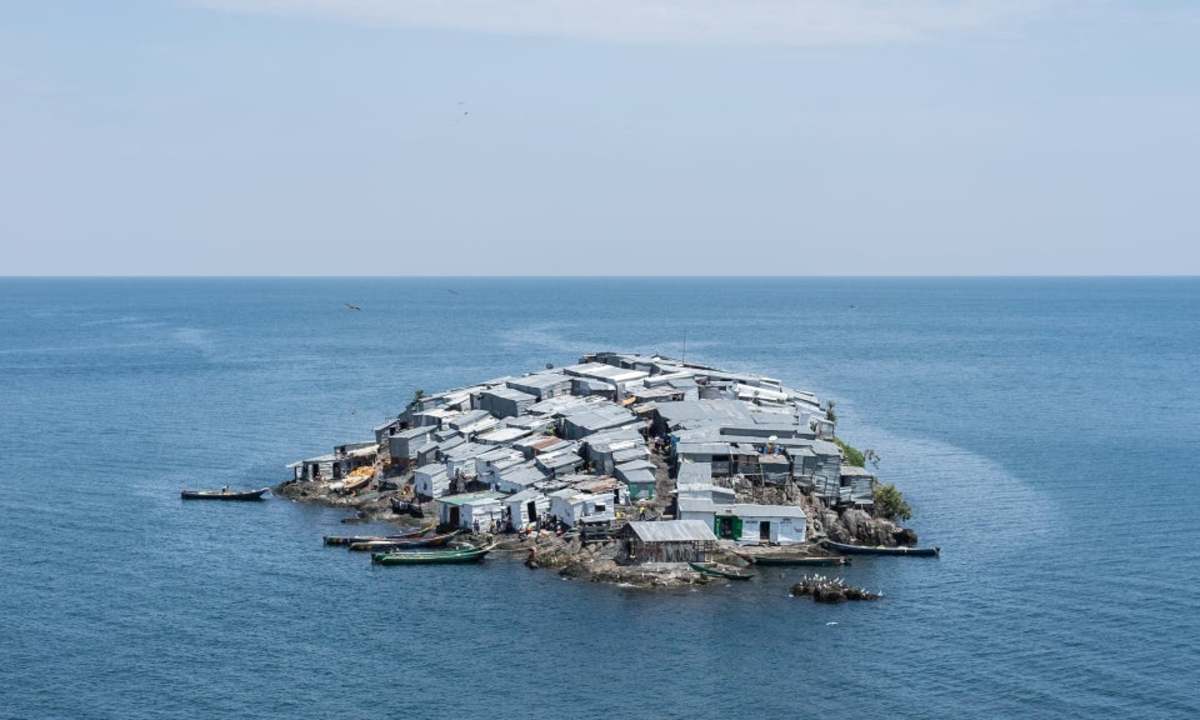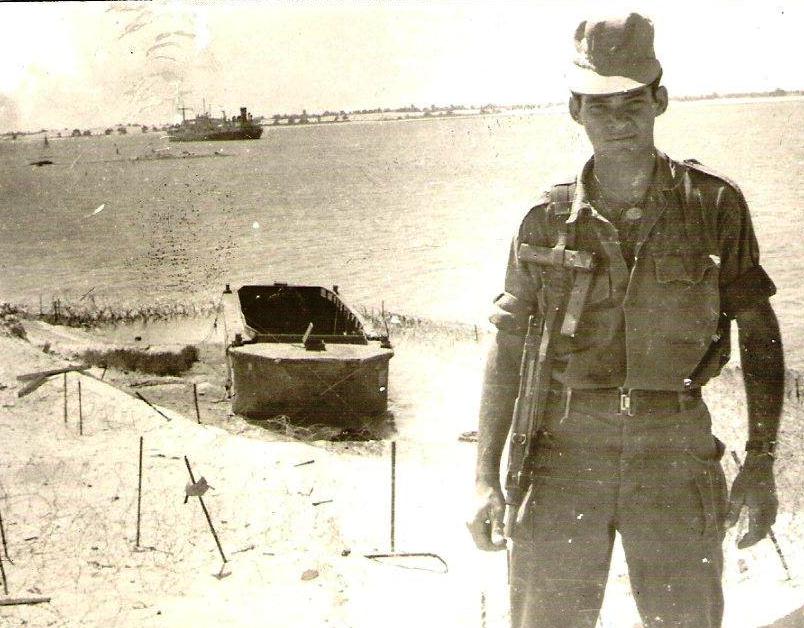Canals are a fairly common feature worldwide, allowing shipping companies to save time by cutting through large areas of land. Egypt is home to the Suez Canal, an artificial waterway that opened in 1858, connecting the Mediterranean Sea to the Red Sea and avoiding the need for ships to travel around the southern tip of Africa.
If the Suez Canal doesn’t sound familiar, recall the news about the Ever Given that dropped in 2021. The cargo ship famously wedged itself into the canal, blocking traffic in both directions.
But why bring up the Ever Given? Well, because this isn’t the first time the Suez Canal has experienced a significant blockage. In 1967, following the start of the Six-Day War fought between Israel and Arab coalitions in the area between Jordan and Egypt, Egypt called for a ceasefire and halted all travel through the canal. They declared that any vessel passing through would break the ceasefire. Unfortunately, 14 ships were passing through the canal at the time and became stranded in the Great Bitter Lake, a 100-square-mile body of saltwater in the southern part of the waterway.
The crews of these ships were initially unsure of what was happening. The Egyptian government locked them down, banned all radio transmissions, and assigned police guards to each ship. Here’s the kicker: those ships remained stranded in the canal not for a few months, but for eight years.

The 14 ships, from eight different nations (Great Britain, West Germany, Poland, Czechoslovakia, Sweden, France, Bulgaria, and the United States), became a makeshift community. In the first few weeks, shipping companies fought to allow their crew members to go home. The Egyptian government refused but permitted crew members to leave and be replaced on a rotational basis.
Over the months, crew members maintained their ships and continued working as if on duty. When work ran out, they reduced hours and found themselves with a lot of free time. They socialized, played games, and bartered with other ships for food and commodities. This camaraderie led them to dock their ships together, forming what they called the Great Bitter Lake Association. They even created ties and badges to commemorate their membership and dubbed themselves the “Yellow Fleet” due to the constant sandstorms.

The British ships became soccer fields, the Polish ship Jakarta served as a post office and hospital, and on Sundays, the German ship Nordwind hosted church services that doubled as beer gatherings. They created their own stamps, recognized by the Egyptian government, allowing them to send letters home.
In 1968, during the Mexico City Olympics, the sailors held their own Bitter Lake Mini-Olympics, competing in 14 sports. Poland won, Germany came second, and the British placed third.

The era of the Yellow Fleet is a unique and unforgettable chapter in maritime history. It was never classified as a real nation but functioned as a novelty country among the crew members. They had land, leaders, currency in the form of food and commodities, a postage system, a flag, and even prepared to defend their little country during the Yom Kippur War in 1973. Although no lives were lost, the American vessel African Glen was hit by a stray missile and sank.
After a few years, shipping companies decided to moor their ships and reduce crew numbers. In 1974, an agreement to reopen the canal was finally reached. Out of the 14 ships, only two managed to sail out unassisted, with the rest being towed. The two ships that sailed out were German, with the Münsterland setting the world record for the longest voyage in history: 8 years, 2 months, and 5 days.

The story of the Yellow Fleet remains a testament to the resilience and camaraderie of the stranded sailors, a remarkable footnote in the history of the Suez Canal.




